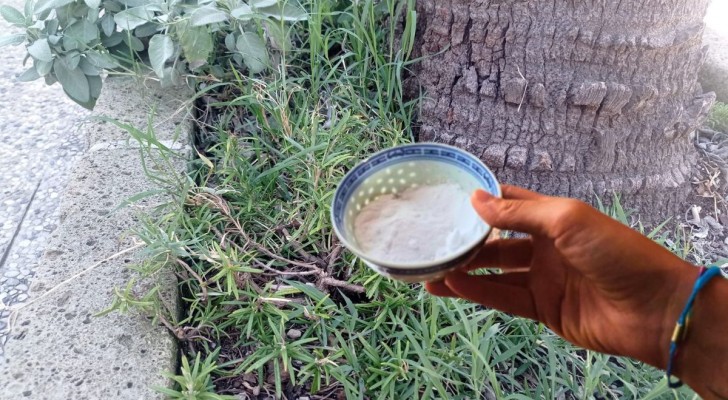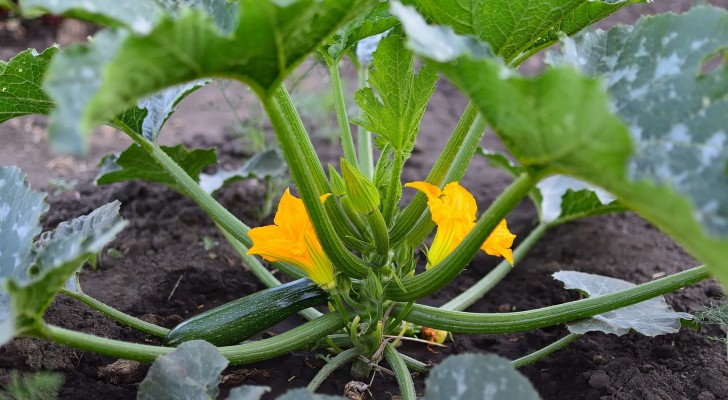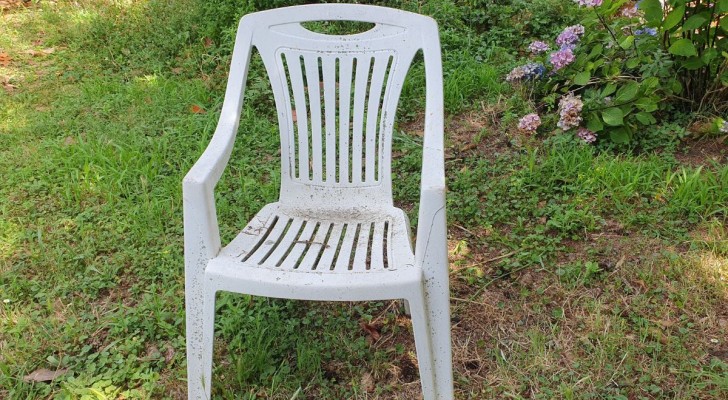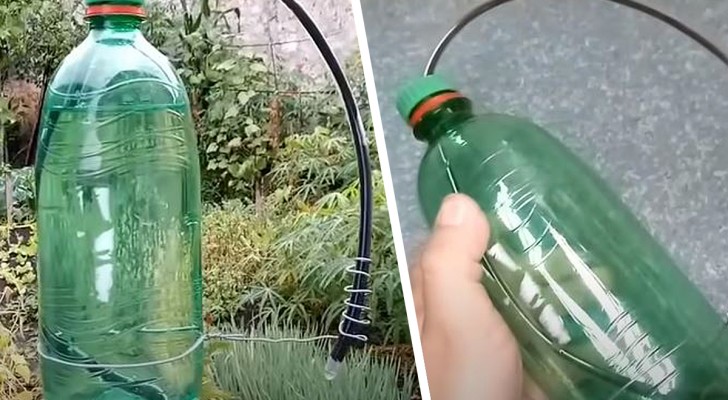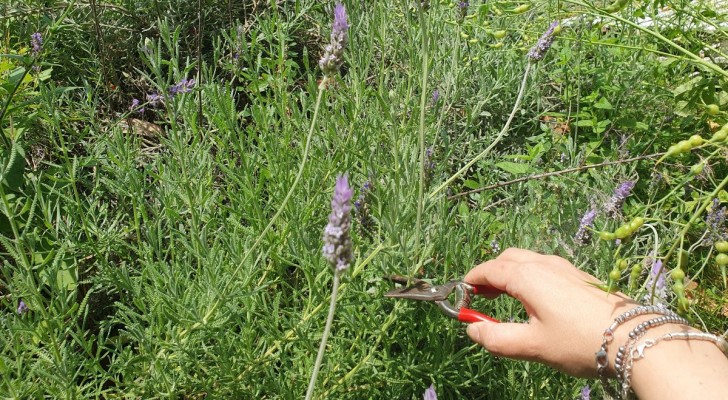Urban gardens: the tips for having your own garden on the balcony or terrace

Cultivating a vegetable garden is a passion that is becoming increasingly popular even among those who do not have a corner of land. There are in fact different types of vegetables that can also be easily grown in containers placed on the balcony, on rooftops, in courtyards and on terraces, as long as there are the right atmospheric conditions and that you help the plants to thrive even in an artificial situation that are very different from what they would enjoy if planted in the ground.
Over time, therefore, these urban gardens have become a common and successful practice, which gives great satisfaction to city farmers: having vegetables to eat as soon as they have been picked gives a completely different flavour to our dishes, and there is something very rewarding in seeing rewards for our efforts made over a long time to obtain good results.
The production of vegetables will certainly be more limited than that obtained from a small plot of land, but it is often more than enough for the needs of a small family. Then find out how to take care of the plants most suitable for growing in pots in urban gardens.

Creativo
Beans
There are so many varieties of beans in the world, and the advice for anyone who is preparing to grow them for the first time is the one that also applies to other types of vegetables: select as many varieties as possible that are native or at least not exactly exotic, so to increase the chances of success.
All bean plants need light, and considering that cultivation in the city can instead deprive them of the sun's rays due to the presence of other buildings or shading elements that obscure balconies and terraces, it is always necessary to evaluate how many hours of sunshine can be guaranteed. to plants, including beans.
The exposure indicated is that of a balcony facing east (to have the light in the morning) to those facing west (which receive the light in the afternoon), and best of all are the points facing south-east and south- west. On the other hand, for any garden, the north exposure is penalizing, because it receives too little light and the vegetables grow more slowly and less luxuriantly. However, even the balconies facing fully south create environments that are sometimes excessively hot for plants whose roots are in containers that end up overheating.
When it comes to choosing the pots or boxes in which to place the plants, one must always take into account the size they will reach: the size of the crown is proportional to the size of the root system, and in the case in particular of the beans, which have taproots, or that tend to grow straight down into the ground, you need to ensure a lot of soil, so choose deep enough containers, at least 30 cm, but preferably even higher. You can use long and narrow tanks, cultivation boxes also built with pallets, and plant the plants in a row, as you would do in the vegetable garden. They must then have sufficient holes to ensure adequate water drainage.
As for the soil, the universal one is not enough, but it is necessary to choose one that is fertile and enriched with mineral components (such as sand, silt and clay) and that has not been treated with chemical fertilizers. Indeed, when you think about setting up a vegetable garden at home, you should also consider starting a composter, so as to have the most suitable substance for fertilizing, together with small handfuls of pelleted manure, or perhaps a rock flour such as zeolite.
If you want to grow seed beans, you have to plant them between April and July, otherwise use the seedlings already started, which are easily found in many shops and garden centers.
Watering must take place every time the soil dries up, without exaggerating and creating prolonged water stagnation, but not forgetting for too long the plants that are producing flowers and fruits.
Cucumber
What has been said about exposure and the ideal soil for beans applies a little to all the vegetables on this list.
For the cultivation of cucumbers in pots it is necessary to choose tall and at least 30 cm wide pots, with sufficient drainage holes. Even the soil must not be too compact and clayey, and must guarantee adequate nutrients, so you can add organic compost and possibly also slow release fertilizers.
It is easier to grow cucumbers starting from small seedlings, but when transplanting, pay close attention to the roots, and choose a position sheltered from the winds but very sunny for the pot, because they too love the heat. As soon as you arrange the plants, immediately put a stick in the ground next to them that they can climb on, or better still create the huts with reeds or sticks.
Cucumbers should be harvested when they are young and very green, generally from the beginning to the end of summer, and they begin to appear on the plant as early as a month after transplanting. Don't wait for them to get too big or yellow, or they won't taste good.
Furthermore, forgetting to harvest them, just as happens with zucchini, reduces the productivity of the plant: therefore remember to take them as soon as they are ripe at the right point, so as to stimulate the plant to bear fruit while it is hot.
Irrigation must be regular, administered every time the soil dries up, to keep it always just moist.
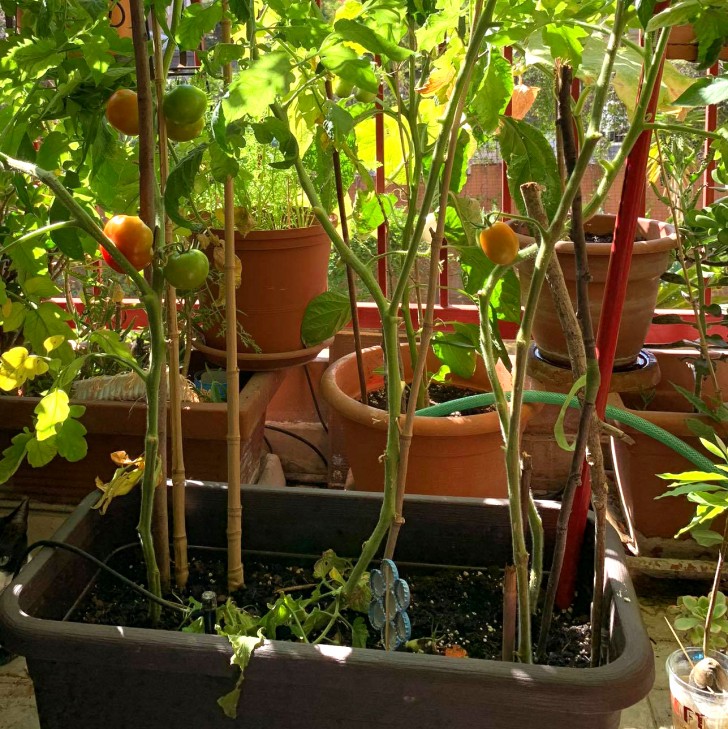
Creativo
Tomatoes
Tomatoes are certainly among the most commonly grown plants on the balcony: everyone really likes them, they are versatile in the kitchen but above all they are suitable for this type of cultivation, and this is true for all varieties.
Tomatoes need abundant sun, and are therefore among the plants also suitable for south-facing balconies. The planting of the seedlings takes place between April and May.
The pots that contain them must be quite deep (there are those who also use bins), because the plant can reach up to two meters in height, so the root system needs a lot of space to develop, so a pot will have to have at least 30 in diameter / side and height. If the containers are large enough, you can also put two or three plants together, and you could also use very deep wooden boxes, which, however, must be lined with plastic inside, making holes in the cloth for drainage.
The soil should be rich and draining, just like that described for beans.
As for irrigation, considering that in the open ground these plants would have the possibility of sinking their roots in the part of the soil that remains increasingly humid, and therefore can remain longer without water, in pots this is not possible: it is true that the tomatoes must never be watered too much, because they would have a less intense flavor, but at the same time the soil contained in the pots that heat up under the sun heats up and dries much faster, dehydrating making it necessary to intervene more often with the waterings. So to understand the right frequency you will need to stick a finger in the ground and water only when it appears completely dry, without waiting too long. It is then necessary to check that the water drains well from the bottom, in order to avoid water stagnation. Always take care to wet the soil, and not the leaves or the stem, so as not to favor the onset of harmful fungi, such as downy mildew.
Another important precaution for tomato plants, but which is useful a little for all those grown in pots that heat up under the sun: Avoid giving cold tap water, preferring perhaps to fill the watering cans a little before the time you will irrigate, so that the water reaches more or less room temperature and does not cause a thermal shock to the roots that have heated up inside the pots. there are also those who recommend leaving the watering cans always full, but that is also a way to encourage the presence of mosquitoes on the balcony. Another important tip to avoid thermal shock and ensure that the water remains in the ground longer (thus saving you from having to water too often), is to do it in the cooler hours of the day, in the morning or evening.
Salad
The various types of salads are particularly suitable for urban gardens because the plants never have an excessive development either above the ground or in the root system, so they can also be contained in smaller pots or even those obtained from small containers such as plastic bottles or other planters made with creative recycling, although it would always be better to choose containers with a depth of at least 30 cm.
Different types of salad can be sown, but it is a longer process and not always guaranteed to be successful, nor is it particularly cheaper than buying seedlings, which is therefore always preferable. When burying these seedlings, which are generally contained in trays with 6 or 9 specimens whose roots are in a cube of soil, they must be buried in order to leave out the collar, or the whole aerial part, without sinking too much. It is more convenient then to arrange them in rows, in containers that are longer than wide.
The salad loves the sun, but the leaves can deteriorate in the event of heavy rain, and do not tolerate frost: therefore, if there are late frosts in the spring, the plants must be sheltered or at least covered with non-woven fabric. As for irrigation, even the salad must always be kept slightly moist and not soupy, so water when the soil dries up.
From the moment of transplanting, it is generally necessary to wait a month or a month and a half before collecting the leaves, to be cut with well-sharpened and disinfected knives.
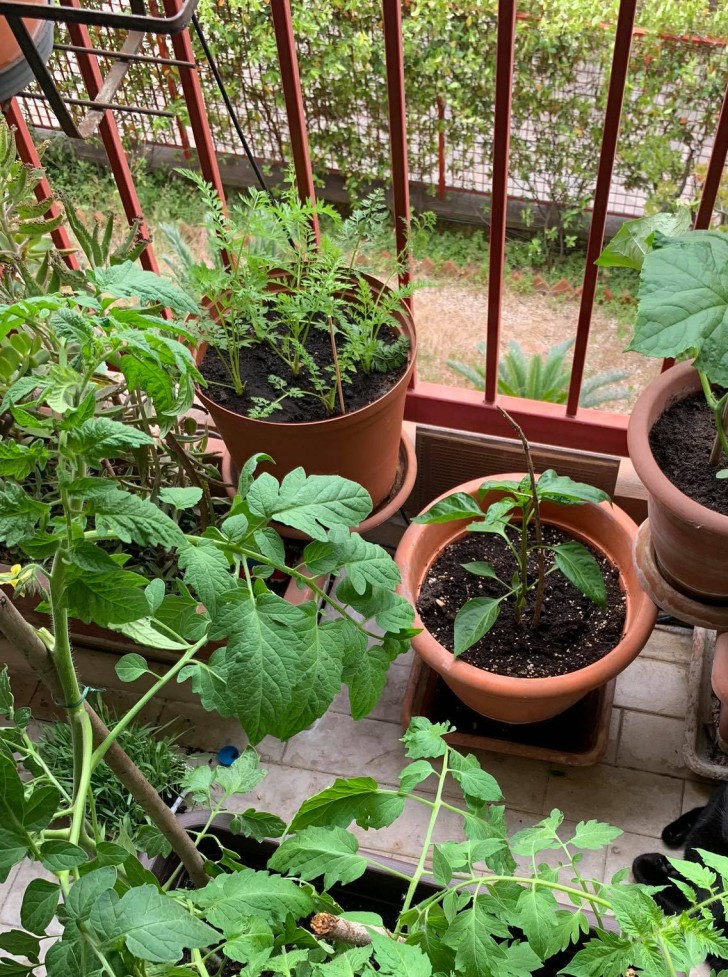
Creativo
Chili Peppers
The varieties of chillies are really many all over the world, so it is always advisable to start growing those typical of the area in which you live, or at least those that need climate conditions, exposure or soil similar to those that can be easily recreated in the pots on the balcony. It is also necessary to pay attention to the maximum dimensions reached, choosing plants that have a compact bearing, so as to be able to grow easily even in pots and planters which must in any case always have a minimum recommended size of 20 or 25 cm in diameter and depth. There are those who use wooden crates, pallet boxes, concrete planters or even recycled containers such as the washing machine drum.
Chillies are among the plants that fear more water stagnation, so it is essential to ensure excellent drainage of the soil: the bottom of the pot must therefore be drilled properly, and covered with a layer of expanded clay, while the substrate must be well dissolved. and ventilated but also rich in suitable nutrients (compost or pelleted manure also help in this case)
As for the exposure, the peppers hand the sun, so the balconies facing east, west, south-east and south-west are perfect, while in some warmer regions the spaces facing south can be excessively hot, making it necessary even resort to shading sheets.
Also for chillies the same applies as for tomatoes: they do not like a lot of water, but those grown in pots will still have to be irrigated a little more often than those grown in the ground, so as to always have the correct supply of water that makes the plants productive.
Sowing can start from March, while the transplanting of the seedlings is to be carried out between April and May, depending on the latitudes, or generally when the specimens are 10-15 cm tall.
For all these vegetable plants, then, it is possible to carry out a "complete recycling": when they reach the end of the production season, any seeds can be kept aside, and then the remaining plants can be cut into pieces, inserting them in the composting pile. The exhausted land of each pot will then be useful for different crops the following year, enriched with new soil and new compost.
What plants would you like to grow on your balcony?
